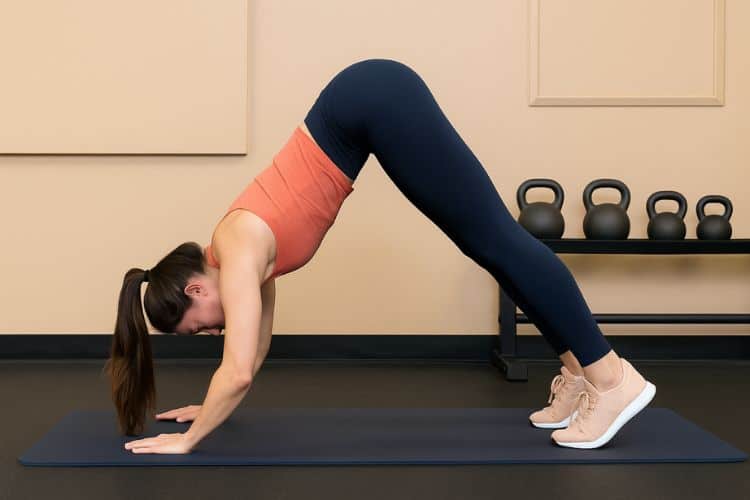Sign up for workout ideas, training advice, reviews of the latest gear and more.






If you’re looking for a dynamic and efficient way to sculpt your core, look no further than kettlebell training. This 30-minute kettlebell ab workout blends strength, balance, and endurance to target your entire midsection. Whether you’re a fitness enthusiast or just getting started, this structured session will ignite your core and help build lasting definition.
Kettlebells are a versatile and functional fitness tool. Unlike traditional crunches and sit-ups, kettlebell ab workouts engage your core dynamically through standing, rotational, and loaded movements. Here’s why they work so well:
Kettlebell movements often require you to stabilize your spine and control the load. This not only trains your abs but also recruits your glutes, hips, shoulders, and lower back, making every rep more effective.
The nature of kettlebell exercises forces your body to work in multiple planes. This strengthens the deep core stabilizers, which help maintain posture and reduce the risk of back pain.
Kettlebell ab workouts often include high-intensity compound movements. This boosts your heart rate and promotes fat loss, which helps reveal the abdominal muscles you’re training.
This workout is broken down into three phases:
You’ll perform exercises in a circuit format to keep your heart rate up and your core working from all angles.
Before you begin lifting, take 5 minutes to prime your body.
This kettlebell ab workout is performed in 4 circuits. Each circuit contains 3 movements performed back-to-back for 40 seconds each with 20 seconds of rest between exercises. Rest 1 minute between circuits.
1-minute rest before moving to Circuit 2.
1-minute rest before Circuit 3.
1-minute rest before Circuit 4.
Don’t skip the cool-down. It promotes recovery and prevents tightness.
To get the most out of your 30-minute kettlebell ab routine, keep these training tips in mind:
Choose a kettlebell that challenges you without compromising form. For core-specific movements, most people do well with 10 to 25 pounds.
Fast reps can lead to sloppy form. Keep your core braced and prioritize quality movement over speed.
Whether standing or on the floor, avoid excessive arching or rounding. This keeps the core engaged and reduces injury risk.
Exhale during the exertion phase (e.g., lifting or crunching) and inhale during the reset. Proper breathing improves performance and core stability.
The combination of resistance and cardio-style pacing creates an afterburn effect, boosting metabolism for hours after the workout.
Kettlebell exercises challenge your entire core—not just the superficial abs but also the deep muscles responsible for real strength.
A strong core enhances functional movements like running, jumping, lifting, and even daily tasks like bending or reaching.
All you need is one kettlebell. You can do these workouts at home, in the gym, or even outdoors. It’s a minimalist’s dream for core training.
Many people swing the kettlebell without engaging their core. Slow down, brace your abs, and control the movement.
If you feel strain in your lower back, it could mean your core isn’t activated properly or your technique needs adjustment. Modify or reduce weight as needed.
Jumping into intense kettlebell work without a proper warm-up can increase injury risk. Likewise, skipping recovery can lead to tightness and stiffness.
Here’s how to include this 30-minute kettlebell ab workout into your weekly fitness routine:
Kettlebell ab workouts offer a unique way to train your core through functional and powerful movements. This 30-minute circuit blends strength, endurance, and stability training—all with a single piece of equipment. Whether you’re building core definition, improving posture, or enhancing your athletic performance, this routine has you covered.
Commit to consistency, focus on form, and enjoy the burn. Your abs will thank you.
Want more workout and video guide?
Follow us on Pinterest Subscribe to our blog and Stay tuned for FREE downloadable of our App coming soon!
Stay up to date on the latest women’s health, fitness and lifestyle trends and tips.